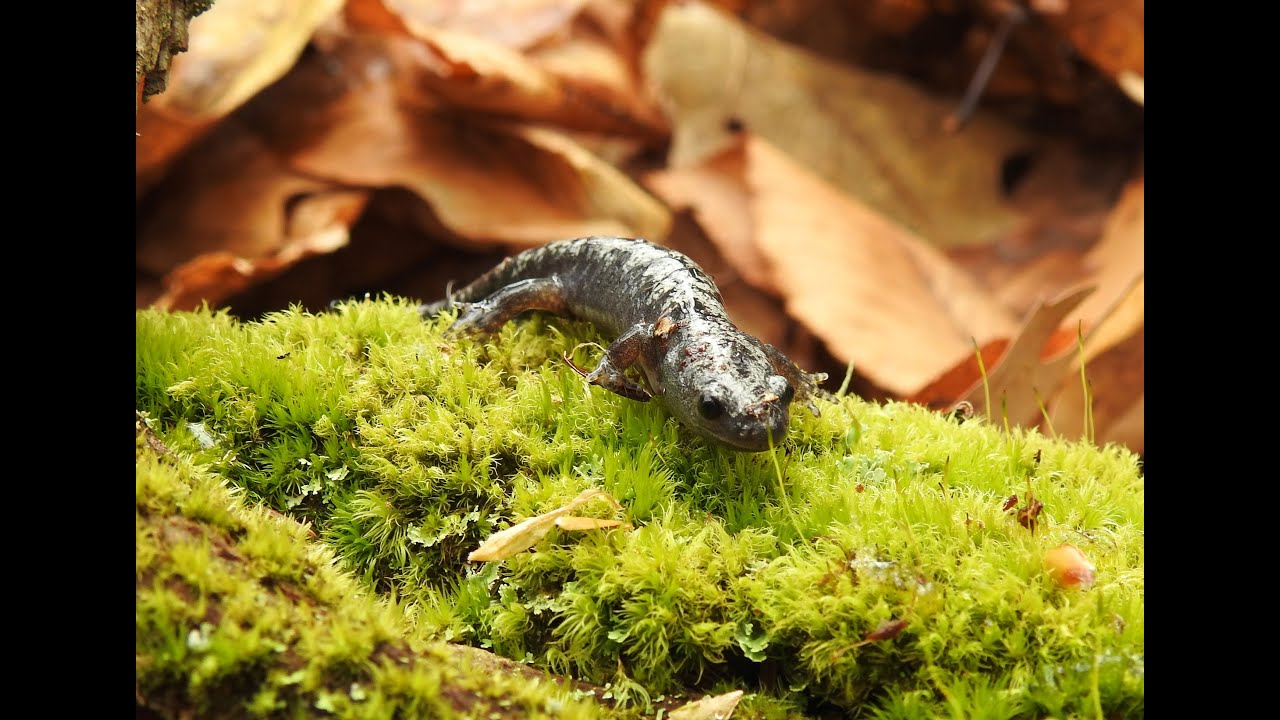– The ecological significance of marbled salamanders (Ambystoma opacum) in local ecosystems
– Strategies and protocol in the reintroduction of marbled salamanders to the Middlesex Fells
– Monitoring and evaluating the success of marbled salamander reintroduction initiatives
– Challenges in marbled salamander conservation and potential solutions
Marbled salamanders (Ambystoma opacum) are critical components of their ecosystems, acting as both predators and prey in their native habitats. Their role in controlling insect populations and supporting the nutrient cycle underscores their ecological importance. In the Middlesex Fells, a region characterized by its mixed deciduous forests and wetland areas, releasing these amphibians marks a significant effort in local conservation endeavors to restore balance and biodiversity.
The process of reintroducing marbled salamanders into the Middlesex Fells follows a comprehensive strategy involving several stages, from selecting and breeding healthy individuals in controlled environments to carefully releasing these amphibians back into their natural habitats. The protocol adheres to strict guidelines focusing on genetic diversity, health assessments, and acclimatization procedures to promote the successful integration of these salamanders into the Middlesex Fells. This systematic approach minimizes stress and maximizes survival rates, ensuring that the reintroduced populations can thrive.
Monitoring and evaluating the reintroduction’s success are vital components of conservation efforts. Biologists and conservationists employ various techniques to gather data on the reintroduced marbled salamanders, including tracking movements, assessing population stability, and monitoring breeding success. This ongoing evaluation helps refine conservation strategies and identify improvement areas, providing essential feedback for future reintroductions.
However, conserving marbled salamanders in the Middlesex Fells and beyond is challenging. Habitat destruction, climate change, pollution, and disease pose significant threats to the survival of these amphibians. Addressing these issues requires a multifaceted approach that includes habitat restoration, legal protections, public education, and research into disease management and climate adaptation strategies.
Combating these threats and ensuring the long-term survival of marbled salamanders demand collaborative efforts from conservation organizations, governmental agencies, and the community. By fostering a deeper understanding of these amphibians and their role in our ecosystems, we can motivate individuals and groups to take action toward their conservation. The release of marbled salamanders in the Middlesex Fells represents a hopeful step forward in the broader context of wildlife conservation and environmental stewardship, showcasing how targeted efforts can make a tangible difference in preserving our natural world.
*****
Source Description
Zoo New England is spearheading the first marbled salamander reintroduction project in Massachusetts in the hopes of bringing these amphibians back to Metro-Boston. Our reintroduction effort includes raising the salamander larvae at Stone Zoo over the winter, then releasing large, healthy salamanders back into the wild in the spring. On the first Saturday in May, Salamander Saturday, members of our Conservation Society joined our field biologists to release 36 young salamanders into prime salamander habitats.
Learn more about this conservation effort on our website: https://www.zoonewengland.org/protect/here-in-new-england/marbled-salamander-conservation/
Important Note: Salamanders and other amphibians have highly sensitive skin that is susceptible toxins. All participants in this excursion had to abstain from using chemicals, like insect spray and hand sanitizer, and were asked to wash their hands before they were allowed to handle the salamanders.


